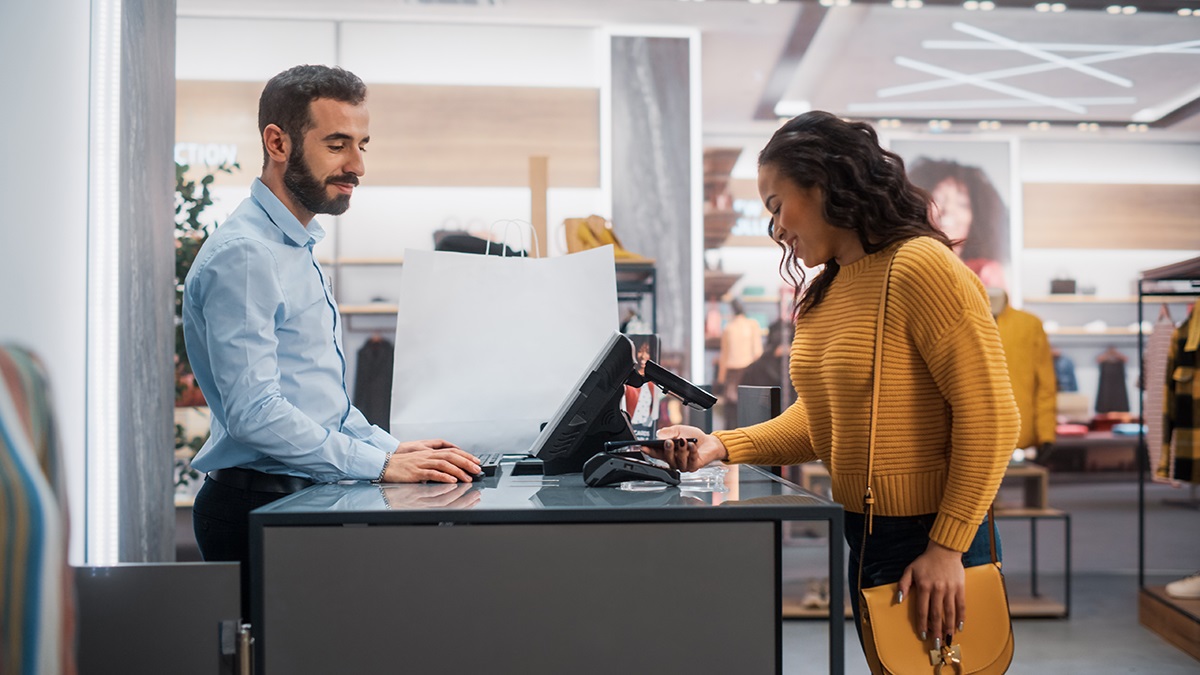Retailers that do not leverage technology to enhance online and in-store shopping experiences risk losing consumers to competitors quicker than in previous years, according to a new research report from mobile and IoT management solutions provider, SOTI.
Consumers are demanding increased flexibility and want to engage with retailers offering a seamless shopping experience online and in-store. The report found 43% of Australian consumers still prefer to shop online, an increase from 38% in 2021. While emphasising the strength of e-commerce, the research confirms a leaning towards a hybrid shopping model.
Four in 10 (40%) Australian consumers prefer to buy items online and pick them up in-store (BOPIS), while consumers in Germany (68%) are most likely to continue shopping in-store. In fact, 49% of Australian consumers prefer to shop with retailers offering an experience based on their individual preferences.
It wasn’t long ago that retailers could put their different channels in silos and report strong bottom lines, SOTI senior vice president of product strategy, Shash Anand said.
“Now, they need to deliver a seamless and personalised shopping journey that can only be achieved through utilising technology to ensure consumers are catered to at every touchpoint. Retailers can benefit from a connected and digitised backend infrastructure, as well as mobile tracking technology to instantly offer real-time information, speed up the shopping and checkout process for consumers and give consumers the choice of how they want items fulfilled.”
Both the purchasing process and fulfilment are important to consumers. Close to three quarters (72%) of Australian consumers (66% of global consumers) expect to know where their order is at all times, and 65% (61% of global consumers) continued shopping with brands that could deliver goods to them the fastest.
In addition, 73% said delivery time and speed are still the most important to them, followed by returns, with 56% stating they are more likely to shop from an online retailer providing multiple options to return a product.
“With delivery charges increasing and delivery options broadening, retailers need to carefully select the right delivery partners to fulfil these heightened consumer expectations. In updating both hardware and software across their entire supply chain management processes, physical warehouses and stores, retailers can better inform their consumers of product availability and delivery timelines while ensuring consumers get the most bang for their buck,” Anand said.
Alarmingly, the research shows that in Australia, 41% of respondents said the items they wanted to purchase have not been available. To address this, retailers not only have to know what inventory is available in their warehouses but also what timeframe goods will be dispatched and delivered.
“Supporting technologies that enhance levels of inventory forecasting is critical. In warehouses, it is important for retailers to have up-to-date and functioning barcode scanners and mobile computers that can scan and record available stock levels as goods come in and leave the premises. Mobile computers can also be used in-store to work through out-of-stock instances,” Anand added.

